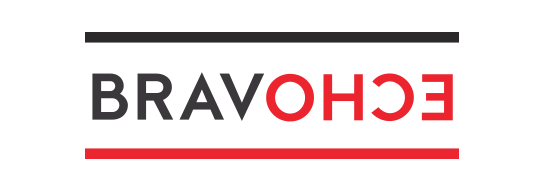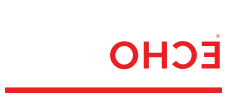
15 Jun Four ways Communications are changing as companies opt in to stakeholder primacy.
By Graham Button
The way we do business is changing, and here’s why:
“31 of 34 directors surveyed (each of whom served on an average of six Fortune 200 boards) said they’d cut down a mature forest or release a dangerous, unregulated toxin into the environment in order to increase profits. Whatever they could legally do to maximize shareholder wealth, they believed it was their duty to do.”
This is a quote from an article in the Journal of Business Ethics – an article published not in 1957, but 2007. It describes a world that much of business today can’t vacate fast enough. And as companies – defined in law as people – struggle to reposition as conscious and responsible citizens, their communications priorities are evolving fast. Here are the four key shifts that are shaping executive narrative.
From Vision to Purpose.
Nobody asked the village baker what her purpose was. “Purpose” is an idea that arrived with industrial scale, strangers signing on to accomplish commercial goals together. The company, the conglomerate, the multinational, the corporation – what made yours different from the rest? But for a long time, a sense of purpose has been communicated in a Vision statement intended, for the most part, for shareholders. It was the view from the boardroom.
But the boardroom, as the quote above shows, has not been a force for the common good. So it’s ironic that now, at a time when distrust is society’s default emotion, business is still more trusted than government, the media and even NGO’s. For business it’s a moment of opportunity, a big one. Purpose is becoming the critical driver in the marketplace. When a company can identify, articulate and act on the value it honestly brings, it wins trust – and that’s what people crave.
How so? Because a sense of purpose isn’t top-down, it’s the view from the production line and the laptop keyboard. It’s everyday behavior, not a whisper to Wall Street.
From Loyalty to Advocacy.
In 2007, the same year the article quoted above appeared, the Page Society published The Authentic Enterprise, a manifesto for business communications in a time of digital revolution, radical transparency and booming globalization. Central to it was the idea of Corporate Character and the role of comms in building it. First by establishing authenticity, and then through authentic engagement – advocacy.
Brand Loyalty, much like Vision, is the oxygen of a shareholder strategy. Sales of products and market share are predicated on return customers, But what happens when people stop looking at products and start looking hard at the companies behind them, often for the first time? In a disrupted world, the stakes – and the opportunity – are suddenly much greater.
A loyalist is a serial customer or an incumbent employee. An advocate for your company identifies with you, is a voice from and for your brand, and has real networking power in your markets. Think Apple or Disney. Turning a passive loyalist into an active advocate is the only way for a mass-market brand to win in an increasingly tribal society.
From Sustainability to ESG.
Environmental, Social, and Governance is an approach to evaluating the extent to which a company works on behalf of social goals. This is a business strategy as well as a moral stance, because it helps to deliver what are now table stakes in the marketplace – transparency and accountability. What it isn’t, is “woke,” in the derogatory sense, given the urgent need for action in a world of depleting resources and 2 billion more mouths to feed by 2050.
We, the public, who keep companies in business, increasingly expect them to behave in a just way. And when they do, we reward them financially. Look at the Just 100 rankings, which “reflect the performance of America’s largest publicly traded companies on the issues that matter most in defining just business behavior.” Those issues relate to stakeholders that include workers, communities, shareholders and governance, and customers – as well as the environment.
And here’s the bottom line. The top one hundred companies on the list had a higher return on equity and paid nearly 20% more in dividends in 2022 than most.
From Employee Brand to Talent Brand.
COVID accelerated changes already in motion, not least in work and employment. It would have been hard to imagine a Great Resignation three years ago. Even in a Glassdoor world, it was enough to get your narrative out through your Employer Brand. But in an ‘employee’s market’ like this, your prospects need more than marketing, they need a 3D view of your company in context.
Talent Brand is the evolution of Employer Brand – the “honest story of life told by employees in parallel with the company.” Indeed’s Company Pages show employer-created videos, social feeds and reviews, and ratings. It’s an overlap between your view as an employer and how employees see you. When considering a new job today, as many as 60% of prospects want the CEO to speak up on controversial issues – they see societal leadership as a core function of business. This is the new jobs market.
The one thing that doesn’t change.
The tools evolve but the core work of communications does not. It is to help business leaders articulate important narratives about their business strategy, culture and brand. No matter how thorny the challenge, management that controls the company narrative will navigate any amount of change.
They will do it by staying rooted in values, and by fully understanding key stakeholder beliefs and factoring them into the tone and stance the organization takes. When potent narrative is managed well, even the most complex issues are an opportunity to elevate the perception and reputation of a company. That’s not “woke”— it’s sound communications strategy.



